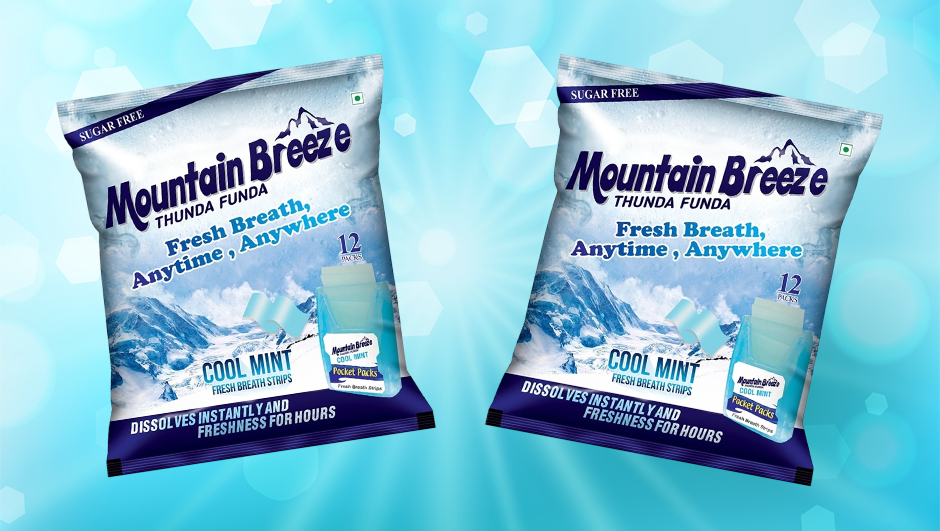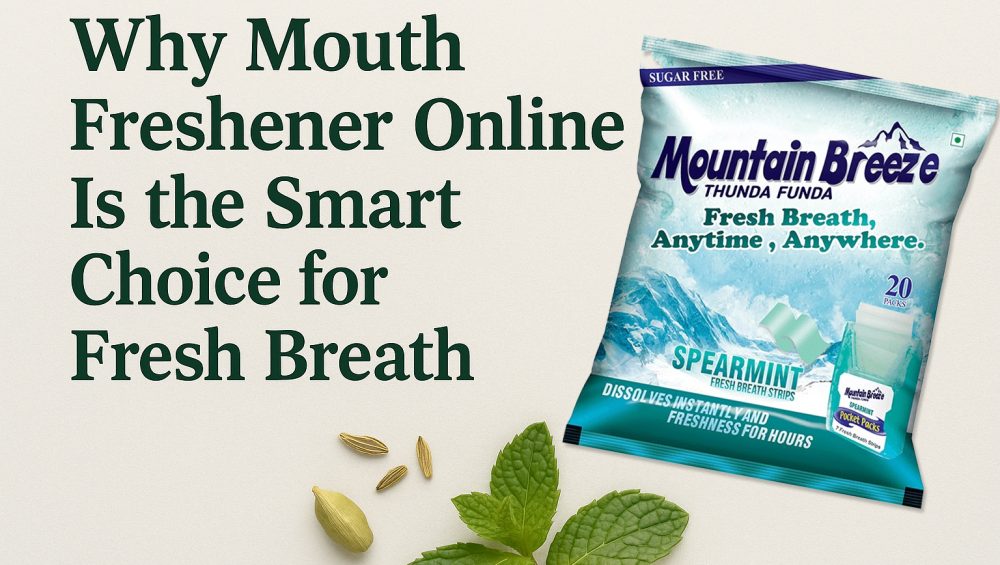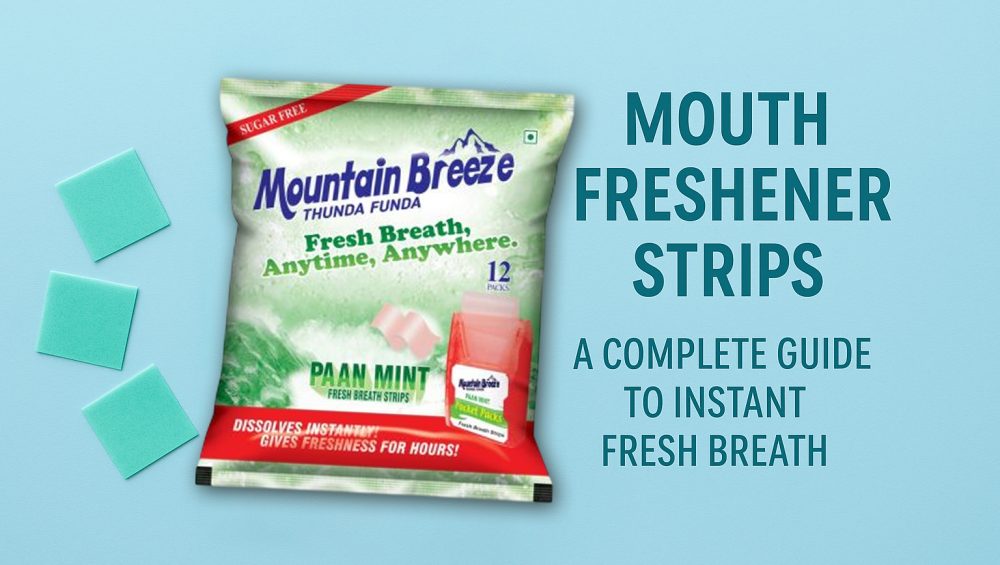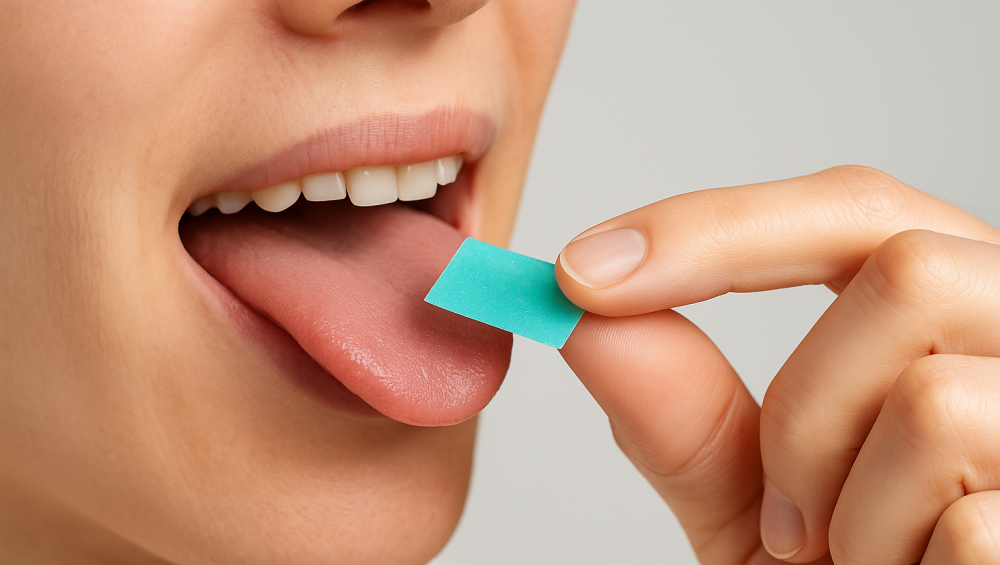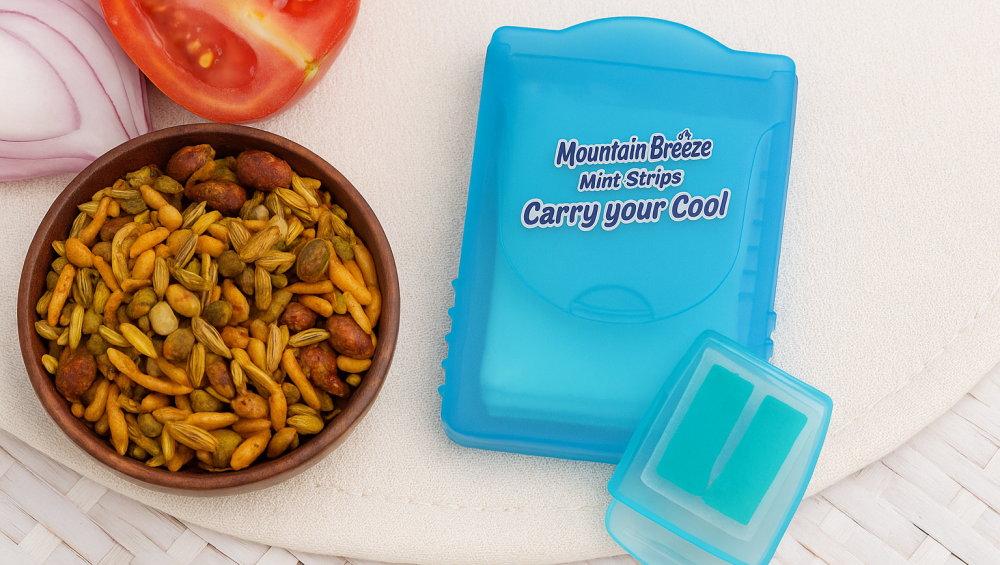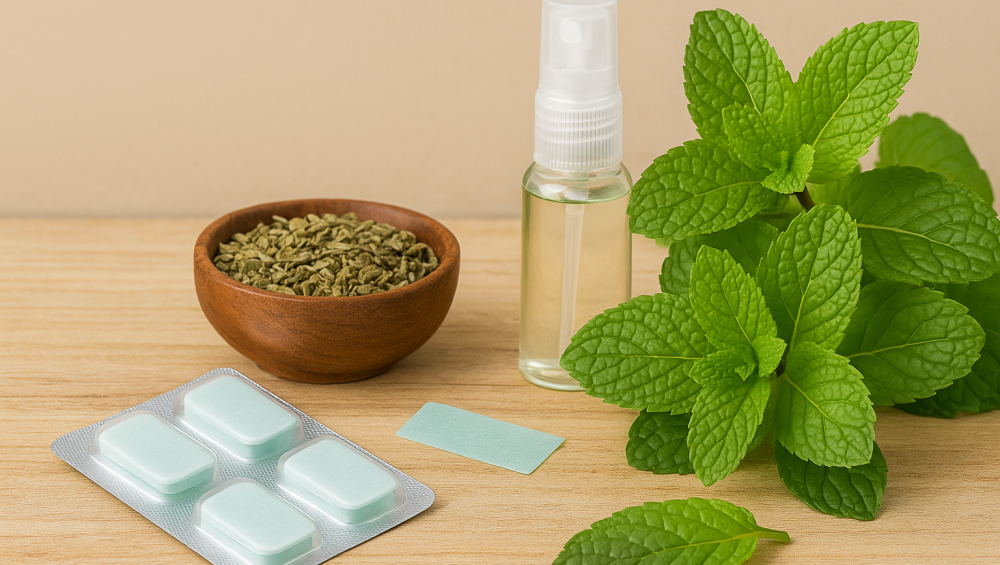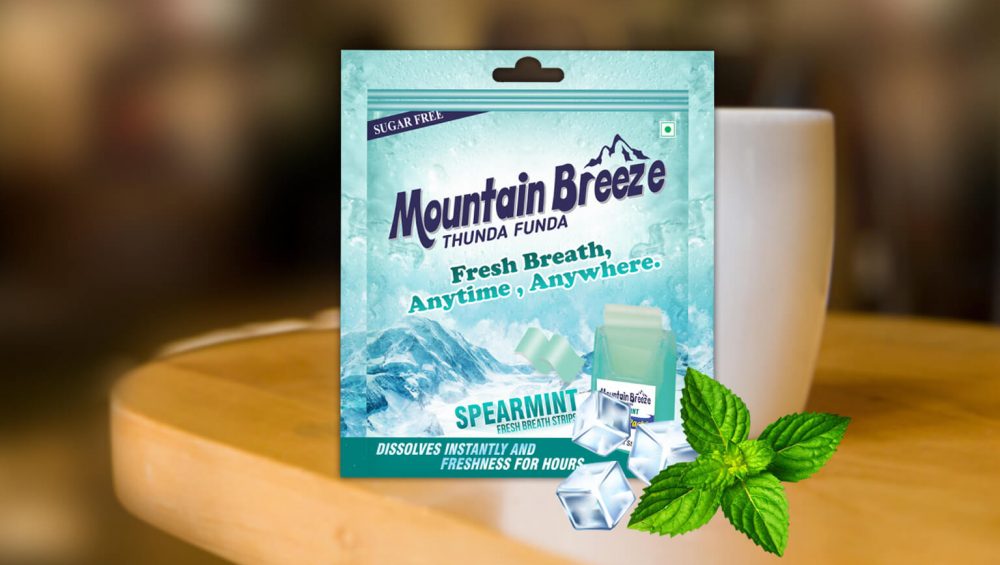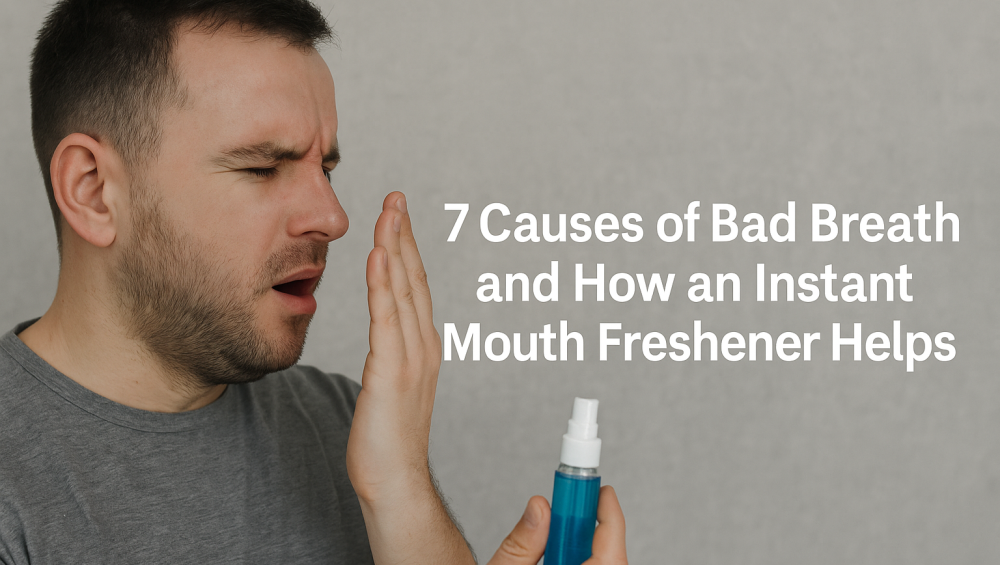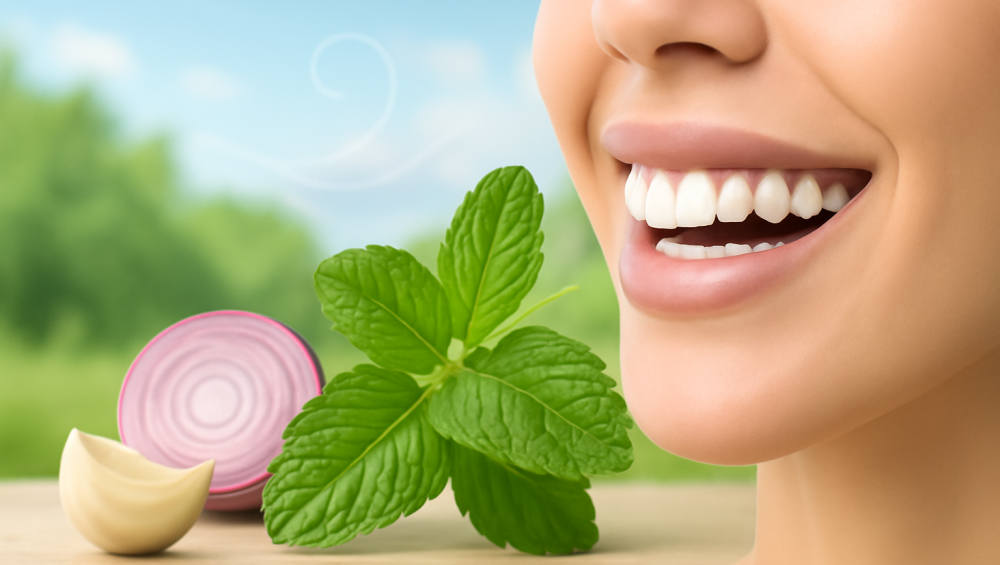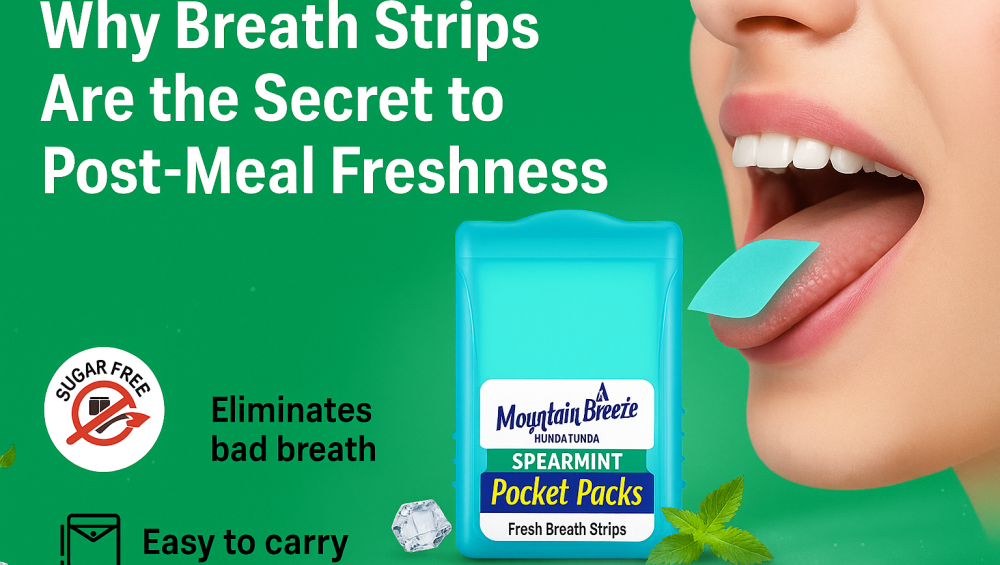Fresh breath is not just about hygiene, it’s about confidence. Whether it’s after a meal, before a meeting, or during travel, staying fresh makes all the difference. That’s why people everywhere are switching to the Cool Mint Mouth Freshener by Mountain Breeze, a modern, quick-dissolving strip that gives instant freshness and long-lasting coolness without sugar or alcohol.
It’s light, portable, and effective, making it the easiest way to refresh your breath on the go.
Why Cool Mint Mouth Freshener is a Daily Essential
The fast-paced lifestyle today doesn’t leave room for traditional breath solutions like sprays or chewing gum. You need something quick, discreet, and effective. That’s where the cool mint mouth freshener stands out.
Here’s why it has become a must-have:
- Instant freshness: Works within seconds, no need for water
- Travel-friendly: Compact strips that fit in your wallet or purse
- Sugar-free and calorie-free: Perfect for health-conscious individuals
- Kills 99.9% of germs: Designed for real hygiene, not just flavor
- Alcohol-free: Gentle and safe for everyday use
It’s freshness made smarter with no chewing, no spraying, just clean cool mint.
The Science Behind Cool Mint Freshness
Bad breath often starts when bacteria break down food particles and release sulfur compounds. While gums or candies only cover the smell, a Cool Mint Mouth Freshener eliminates the cause.
Each Mountain Breeze strip is made with micro-layered dissolving technology that melts instantly on your tongue. It releases natural menthol and mint extracts that not only cool your breath but also fight odor-causing bacteria.
This combination of cooling sensation and antibacterial action keeps your mouth feeling clean, light, and fresh for hours.
What Makes Mountain Breeze Cool Mint Mouth Freshener Different
Not all mint products are made equal. Many rely on artificial sweeteners or harsh alcohol bases. Mountain Breeze Cool Mint Mouth Freshener is crafted to give freshness without compromise.
Here’s what makes it stand out:
- Natural mint essence for pure freshness
- Lab-tested germ protection
- Sugar-free and safe for daily use
- Made in India for Indian lifestyles
- Minimal plastic packaging to stay eco-conscious
Each strip brings together comfort, quality, and hygiene in one pocket-sized pack. It’s freshness you can carry anywhere.
Everyday Moments Made Better with Cool Mint Freshener
There are countless situations where a Cool Mint Mouth Freshener becomes your best companion:
- Before an important presentation or interview
- After coffee, tea, or spicy food
- During travel or long drives
- Before a date or social gathering
- After meals when brushing isn’t possible
Just place a strip on your tongue and within seconds, you’re refreshed, confident, and ready for what’s next.
How to Choose the Right Cool Mint Mouth Freshener Online
When you buy a mouth freshener online, always look beyond just the flavor. The right product should be effective, hygienic, and safe for regular use. Here’s what to keep in mind:
- Check Ingredients – Choose products with natural mint or menthol. Avoid artificial colors and alcohol-based formulations.
- Look for Dissolve Time – The best strips dissolve instantly for quick results.
- Brand Reputation – Trusted names like Mountain Breeze offer consistent quality.
- Packaging – Slim, moisture-proof packs ensure freshness stays locked in.
- Customer Feedback – Real reviews reflect the product’s actual performance.
These small checks can help you pick a Cool Mint Mouth Freshener that’s truly worth it.
The Real Experience of Mountain Breeze Cool Mint Freshener
The magic of Mountain Breeze begins the moment a strip touches your tongue. A cool, minty wave spreads across your mouth, eliminating odor instantly. Unlike gums that lose flavor quickly or sprays that feel harsh, these strips feel light, clean, and refreshing.
The cooling sensation is subtle yet powerful, leaving behind a natural minty aftertaste that stays without overpowering your senses. It’s the kind of freshness that makes you want to smile and speak confidently.
Oral Hygiene Habits That Enhance Freshness
Pairing your Cool Mint Mouth Freshener with good oral care keeps your breath fresh naturally throughout the day. Simple habits like these make a big difference:
- Brush twice daily and floss regularly
- Clean your tongue to remove odor-causing bacteria
- Stay hydrated to avoid dry mouth
- Limit coffee, onions, and smoking before social situations
- Keep a pack of Mountain Breeze Cool Mint Mouth Freshener handy at all times
Fresh breath is a reflection of overall wellness, and Mountain Breeze helps maintain it effortlessly.
Where to Buy Cool Mint Mouth Freshener Online
For authentic freshness and trusted quality, order directly from the official Mountain Breeze website. You can also find Mountain Breeze Cool Mint Mouth Freshener on Amazon and Flipkart.
Each order is safely packed and shipped with freshness guaranteed. Choose the brand that understands what modern freshness truly means, light, effective, and always ready when you are.

